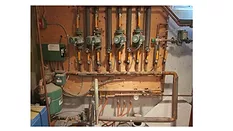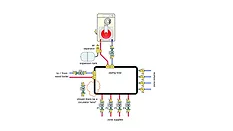
The Glitch & The Fix

About the Column
Hydronics Editor John Siegenthaler, P.E., tackles real-world radiant and hydronic heating problems, offering expert troubleshooting, system design insights, and efficiency-focused solutions for today’s heating professionals.
Are you an ace troubleshooter? Connect with John Siegenthaler.
Articles
More ArticlesKeep your content unclogged with our newsletters!
Stay in the know on the latest plumbing & piping industry trends.
JOIN TODAY!Copyright ©2025. All Rights Reserved BNP Media.
Design, CMS, Hosting & Web Development :: ePublishing



